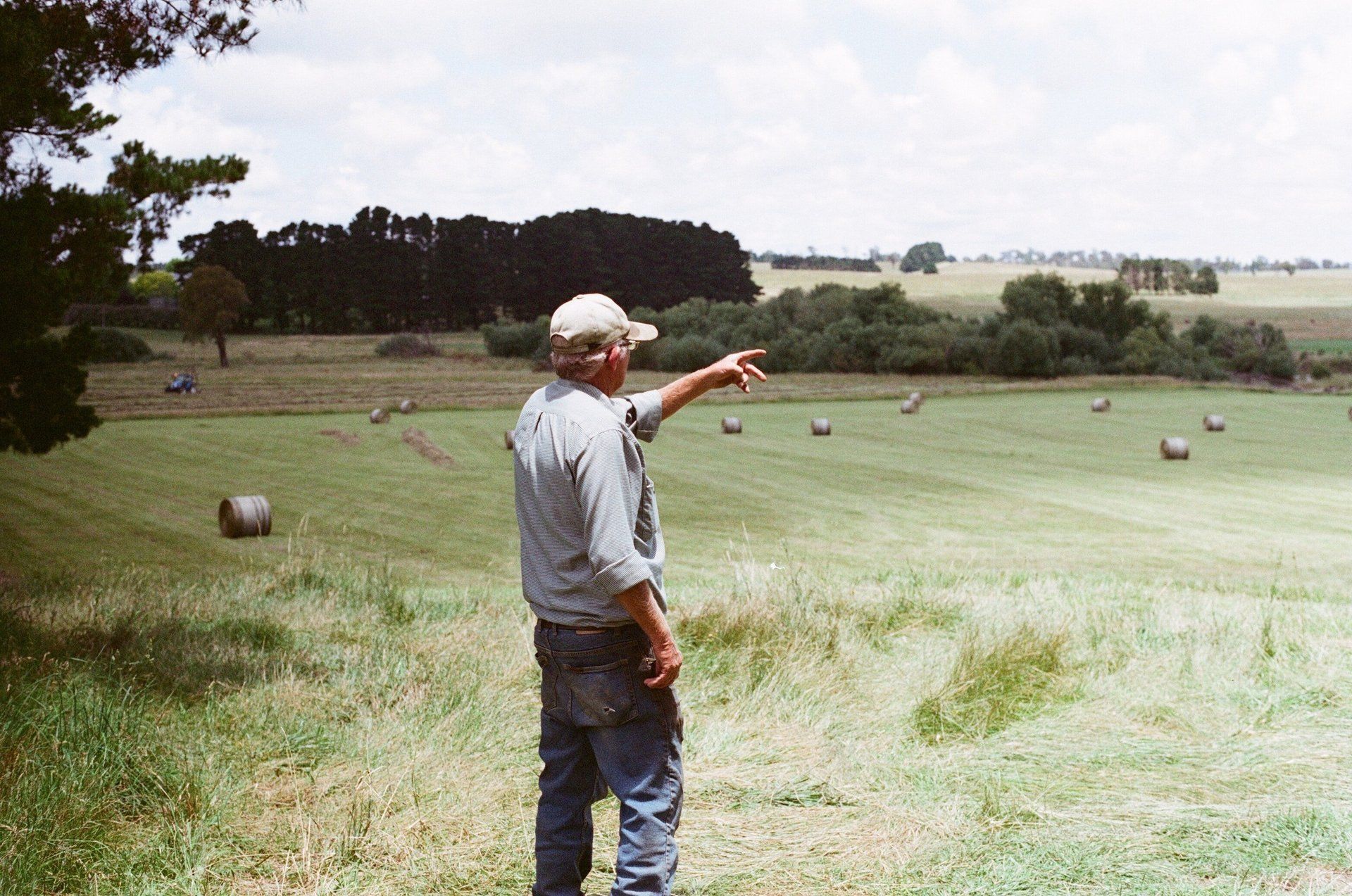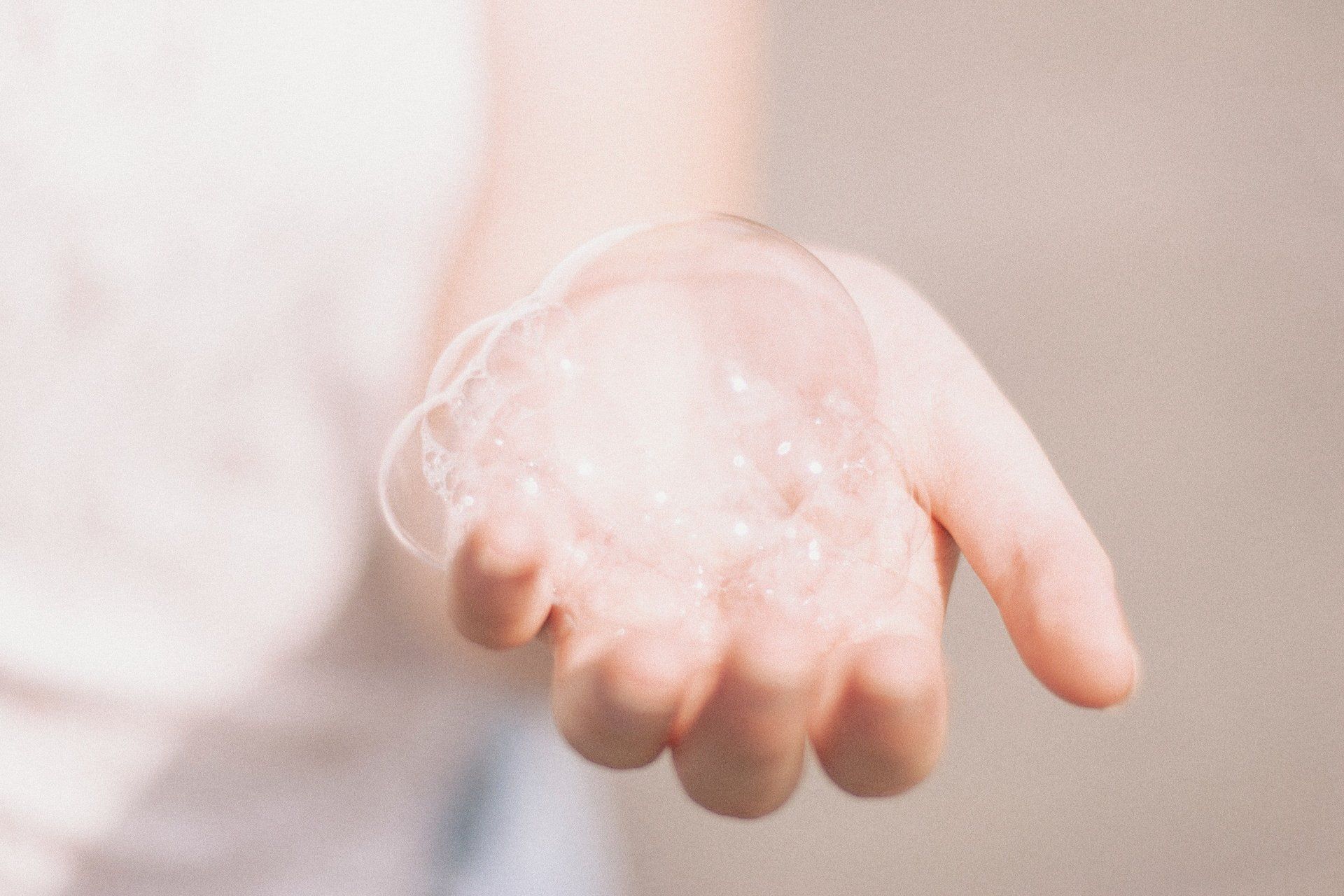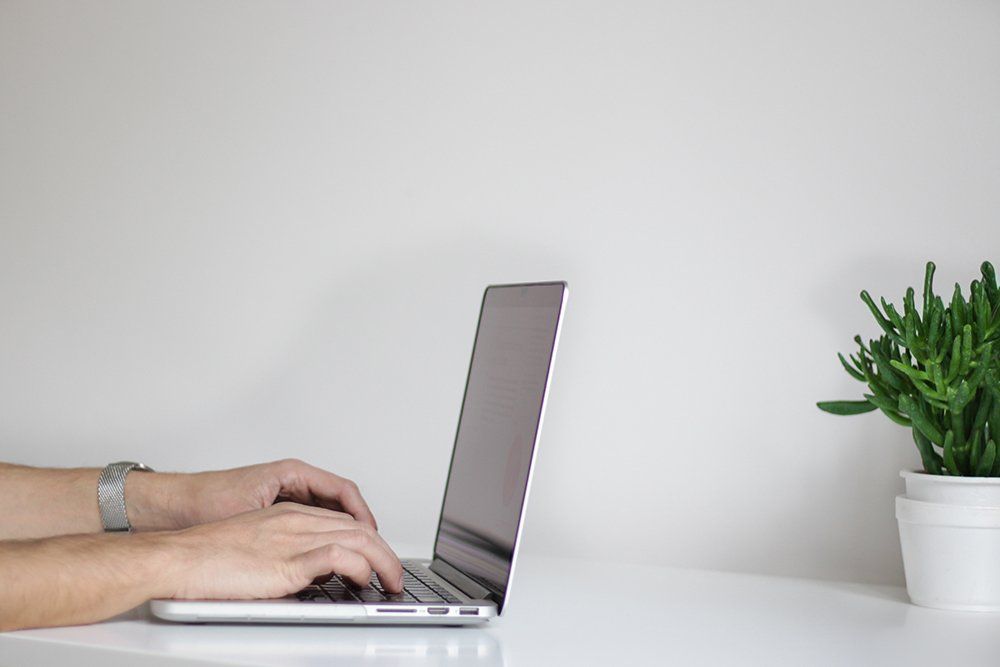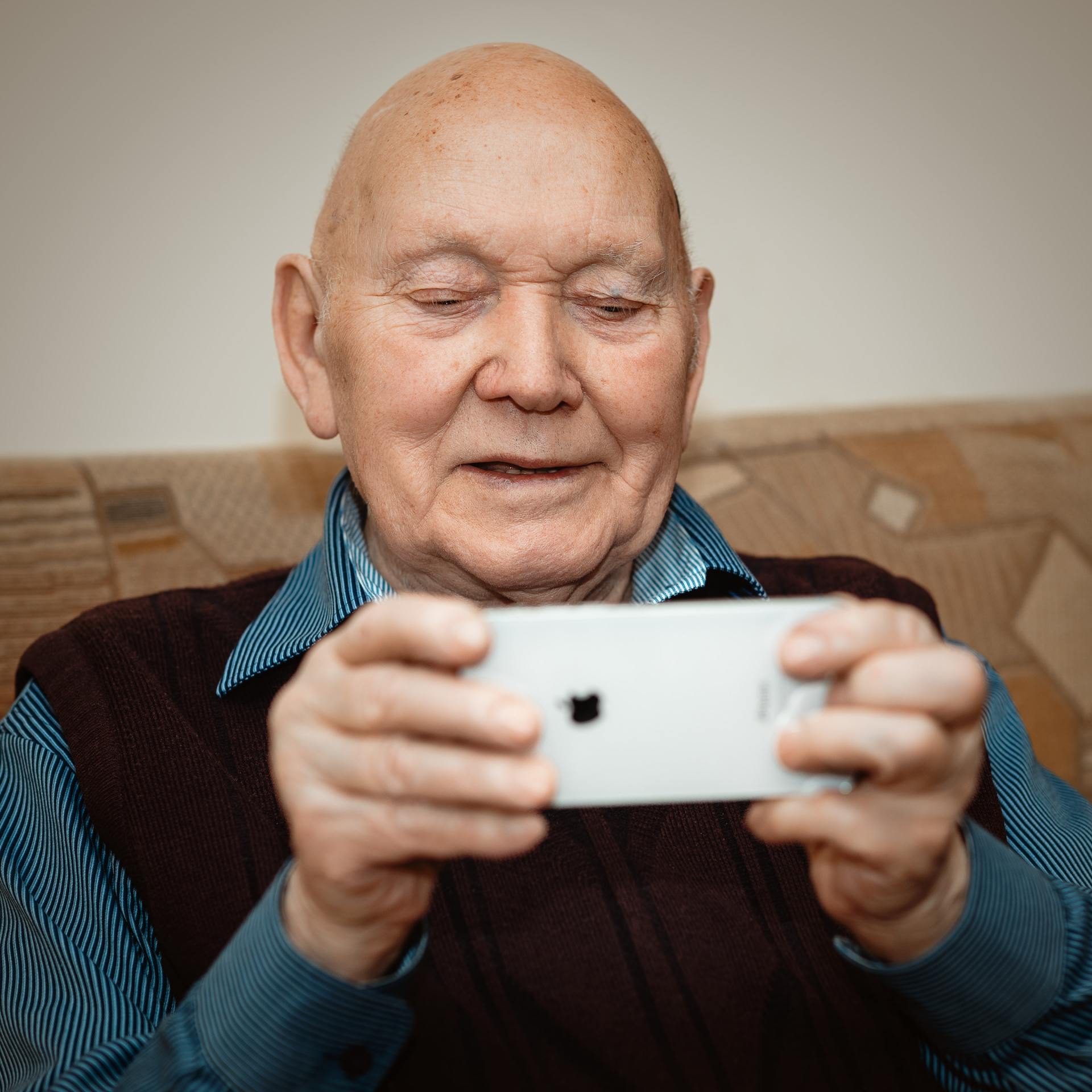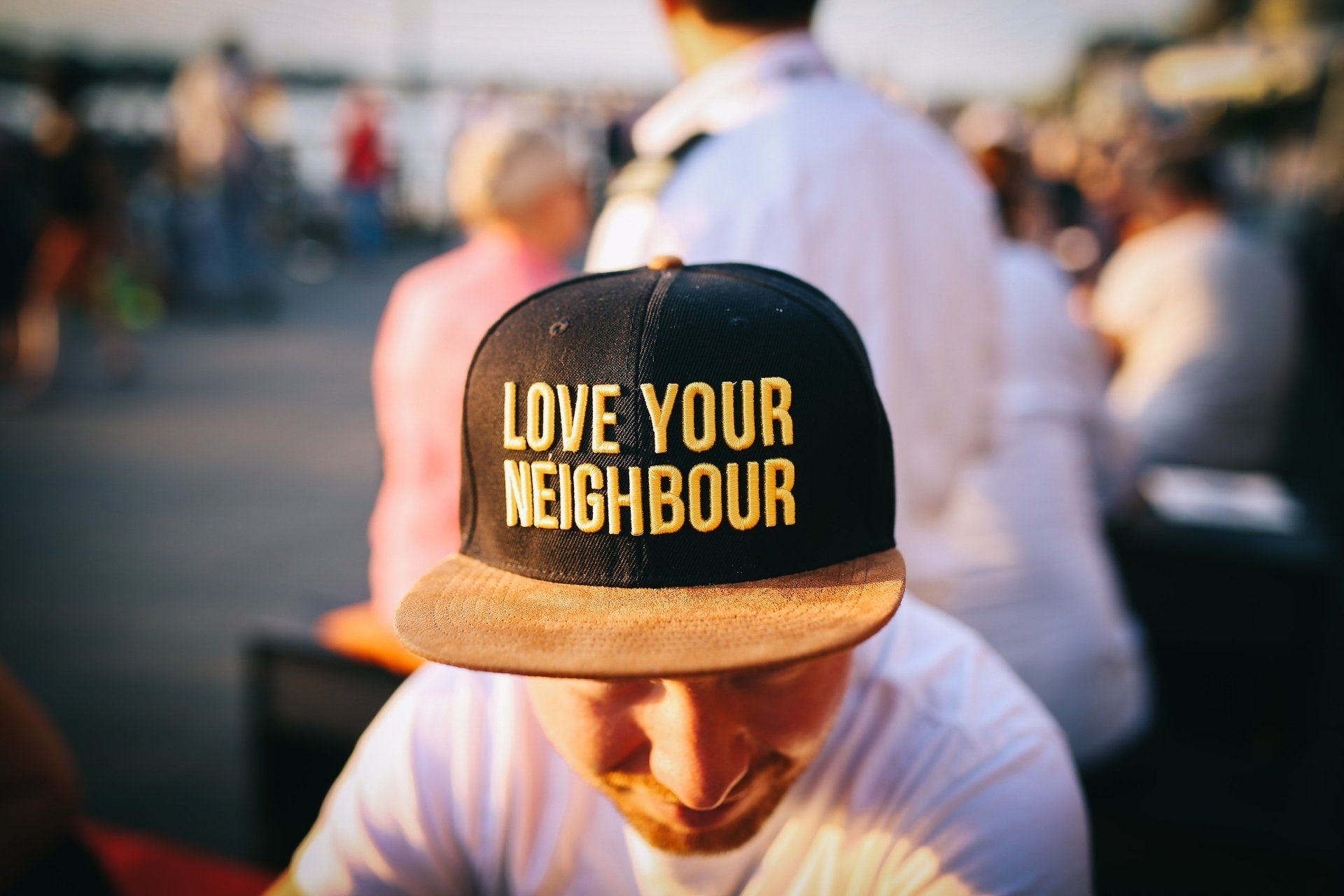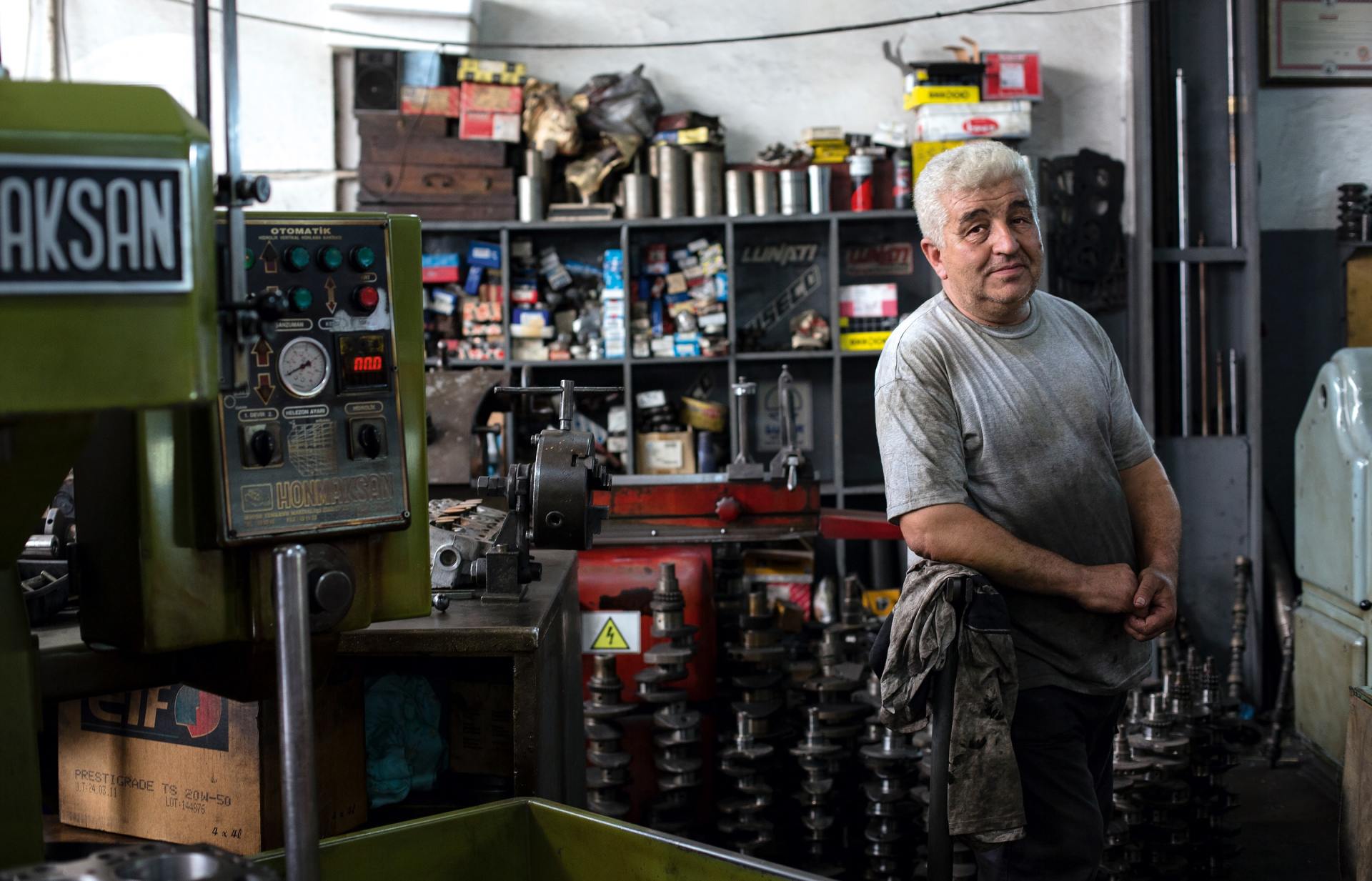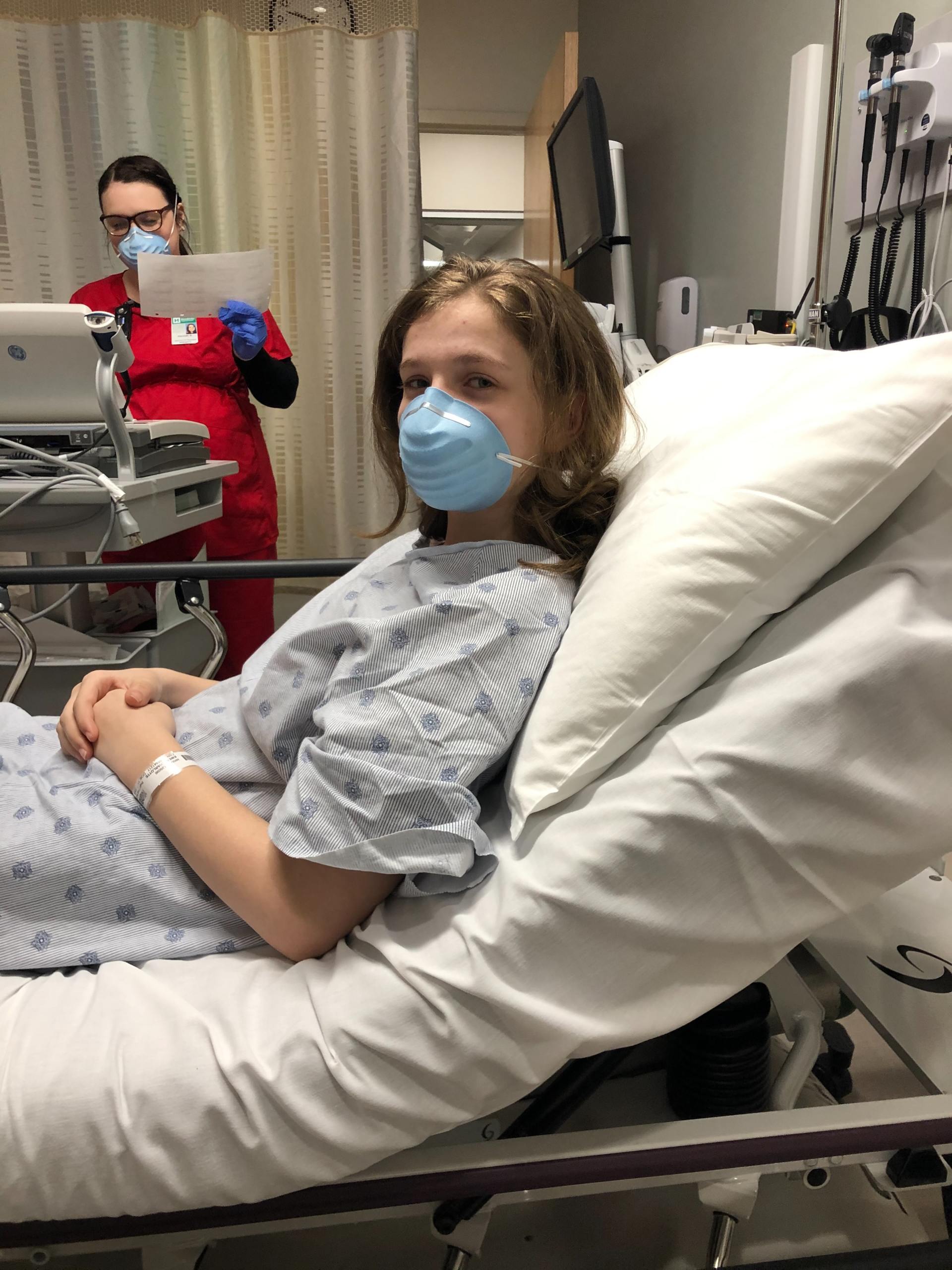FACTS
FACTS are Empowering.
" Even when facts are discouraging, not knowing is far worse."
The mission is simple
COVID-19 community spread.
In the midst of a global pandemic here are the most effective mitigation strategies you can do to contain the spread in your community.
-
Shelter In Place
-
Practice Physical Distance
-
Wash Hands
-
Work From Home
-
Connect with a Loved One
-
Check in on a Neighbor
-
Takeout from Local Business
-
Donate to Your Local Hospital
view all
Public Health Daily Indicators
Starting on of May 18, 2020
Data drives decisions about community public health
1. COVID -19 Positive Test Rate
Each of these metrics must show signs of progress. The number of people who test positive fo COVID-19.
2. No. of Death from COVID-19
The number of people who die of COVID-19.
3. No. of COVID-19 Hospitalizations
The number of people who admitted to the hospital for COVID-19.
4. Healthcare System Readiness
The availability of staff, protective equipment and bed census determines the strength of the facility.
5. Testing Capacity
Ability to test identify and treat the illness. Testing for EMT, health care and essential workers with the goal to ramp up tests.
6. Contact Tracing Capabilities
Contact all people who came in contact with the infected person. Test, isolate and support individuals so they can safely isolate and quarantine.
What is corono virus?
COVID-19 is the disease caused by the new coronavirus that emerged in China in mid December 2019. More recent reports have indicated that the virus spread in New York City came from Europe.
LEARN MORE
There is no coronavirus vaccine yet. However several studies have some promise, "after being infected with SARS-CoV-2, most individuals will have an immune response, some better than others. That response, it may be assumed, will offer some protection over the medium term — at least a year — and then its effectiveness might decline."
What are the symptoms & warning signs?
If you develop emergency warning signs for COVID-19 get medical attention immediately. These include:
Difficulty breathing or shortness of breath
Persistent pain or pressure in the chest
New confusion or inability to arouse
Bluish lips or face
This list is not all inclusive.
Consult your medical provider for any other symptom that is severe or concerning.
How does it spread?
The disease can spread from person to person through small droplets from the nose or mouth which are spread when a person with COVID-19 coughs or exhales.
These droplets land on objects and surfaces around the person. Other people then catch COVID-19 by touching these objects or surfaces, then touching their eyes, nose or mouth.
People can also catch COVID-19 if they breathe in droplets from a person with COVID-19 who coughs out or exhales droplets. This is why it is important to stay more than 1 meter (3 feet) away from a person who is sick.
What does it flatten the curve mean?
The term refers to the chart that shows when new coronavirus cases are expected to surge. It illustrates why slowing the spread of the infection is nearly as important as stopping it.
What is social distancing?
The COVID-19 virus easily spreads in dense places like a subway, concert, bar or crowded restaurant. Social distance is a measure to help slow the spread. Its the reason you are being asked to stay and work from home if possible. Stay 6' distance from others. Wash hands.
How long does the virus last on surfaces?
Published in the New England Journal of Medicine,
SARS-CoV-2, the virus that causes COVID-19, can live in
the air and on surfaces between several hours and several days.
The study found that the virus is viable for up to 72 hours on plastics, 48 hours on stainless steel, 24 hours on cardboard, and 4 hours on copper.
It is also detectable in the air for three hours.
How can I protect myself, knowing that the virus lives on surfaces?
You are more likely to catch the infection through the air if you are next to someone infected than off of a surface.
Cleaning surfaces with disinfectant or soap is very effective because once the oily surface coat of the virus is disabled, there is no way the virus can infect a host cell.
However, there cannot be an overabundance of caution. Nothing like this has ever happened before.
The CDC guidelines on how to protect yourself include:
Take steps to protect yourself - family - community.
01
Wash Hands
Wash your hands often with soap and water for at least 20 seconds especially after you have been in a public place, or after blowing your nose, coughing, or sneezing.
If soap and water are not readily available, use a hand sanitizer that contains at least 60% alcohol.
Cover all surfaces of your hands and rub them together until they feel dry.
Avoid touching your eyes, nose, and mouth with unwashed hands.
02
Avoid Close Contact
Avoid close contact with people who are sick
Put distance between yourself and other people if COVID-19 is spreading in your community.
This is especially important for people who are at higher risk of getting very sick.
03
Stay Home If You’re Sick
if you are sick, STAY AT HOME except to get medical care.
04
Cover Cough and Sneezes
Cover your mouth and nose with a tissue when you cough or sneeze or use the inside of your elbow.
Throw used tissues in the trash.
Immediately wash your hands with soap and water for at least 20 seconds.
If soap and water are not readily available, clean your hands with a hand sanitizer that contains at least 60% alcohol.


